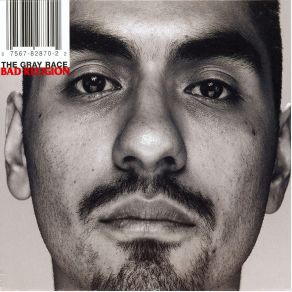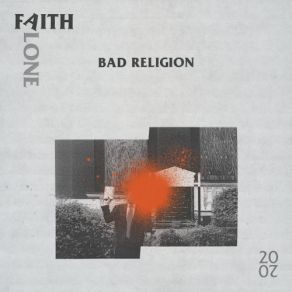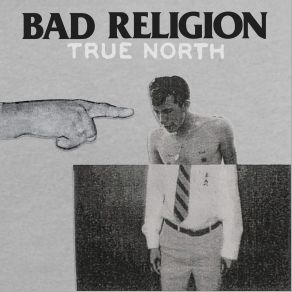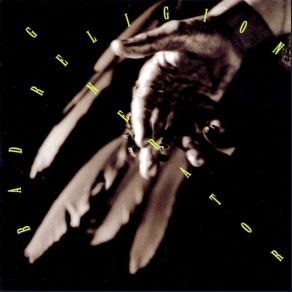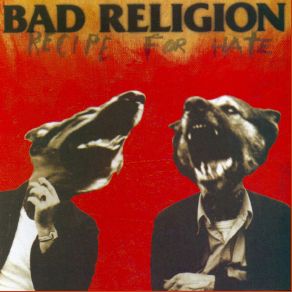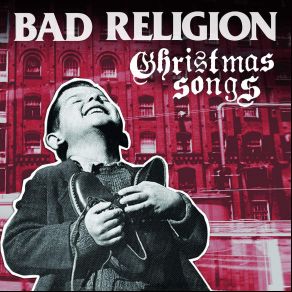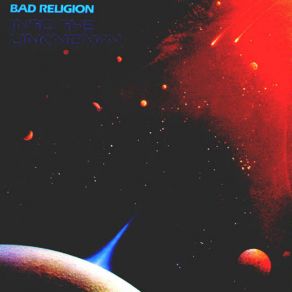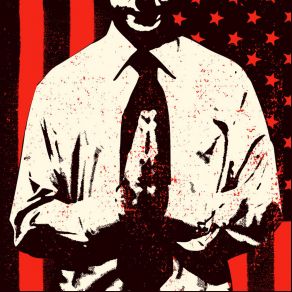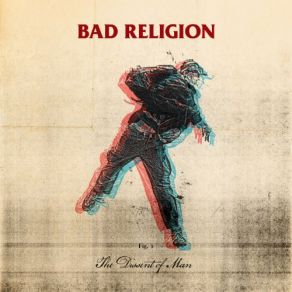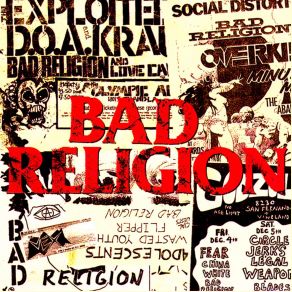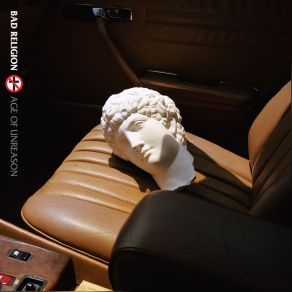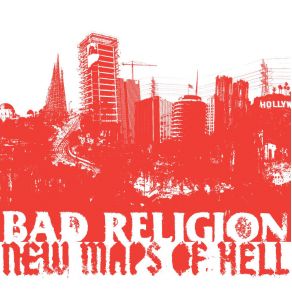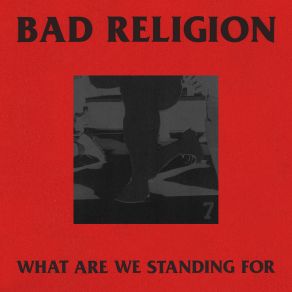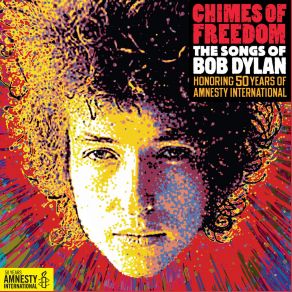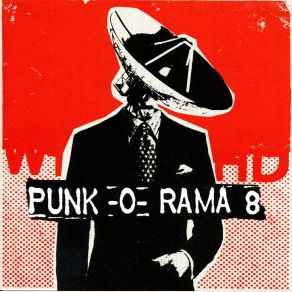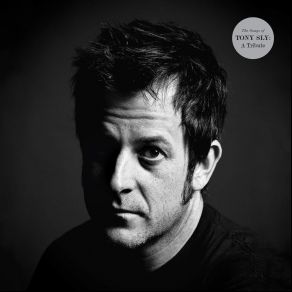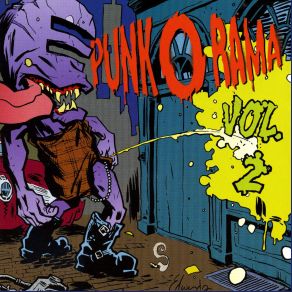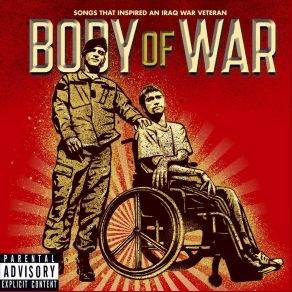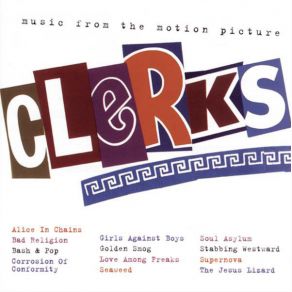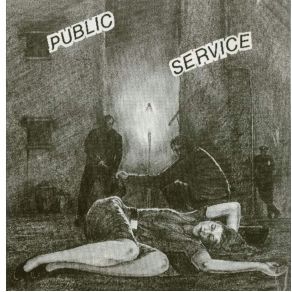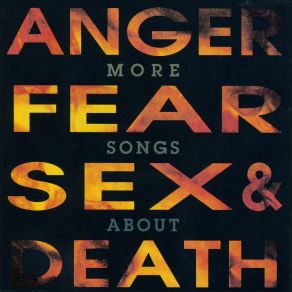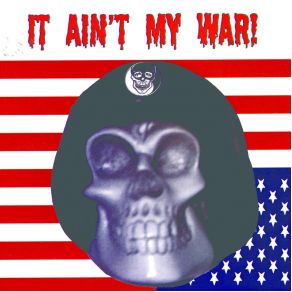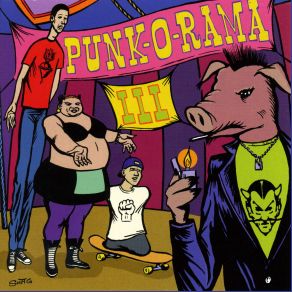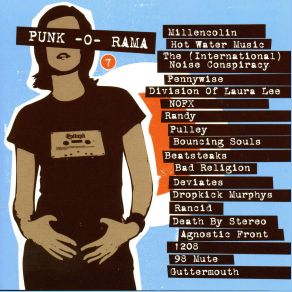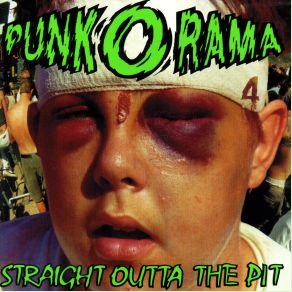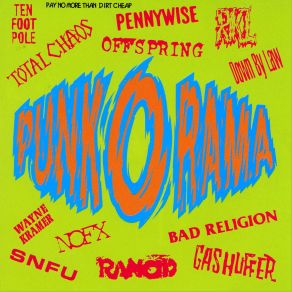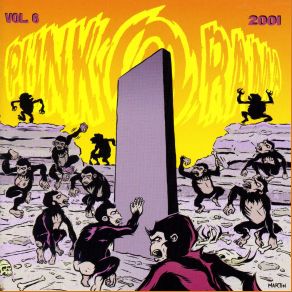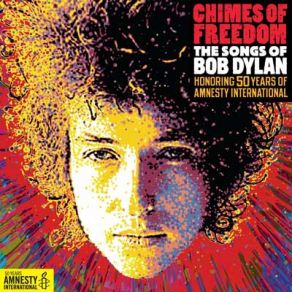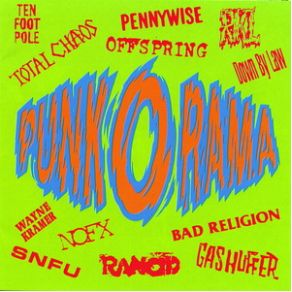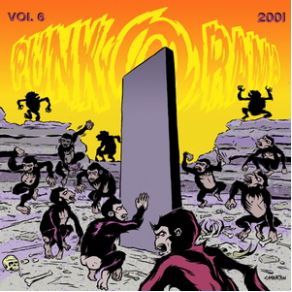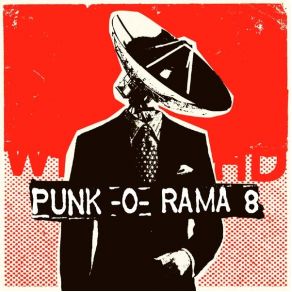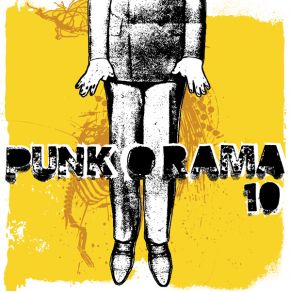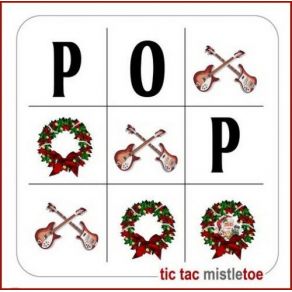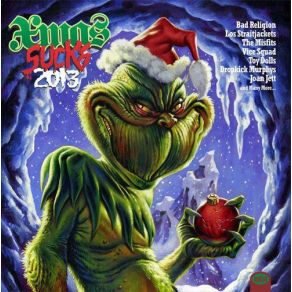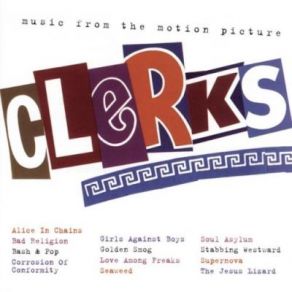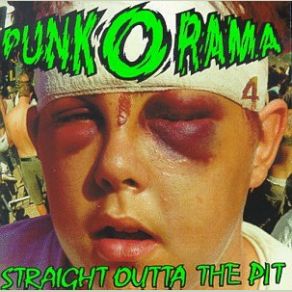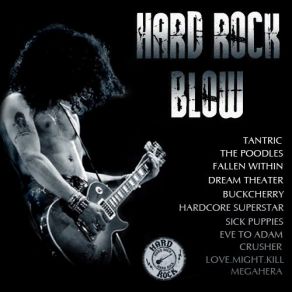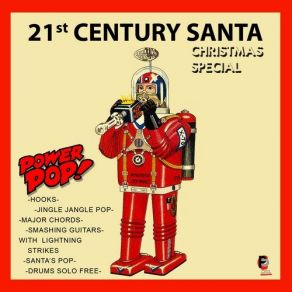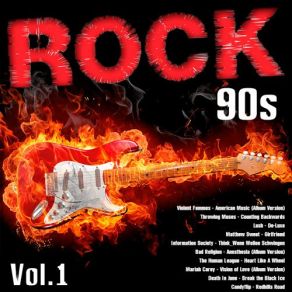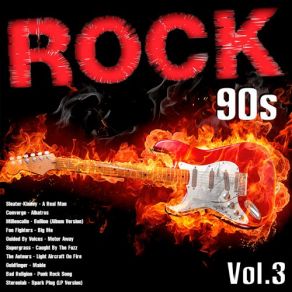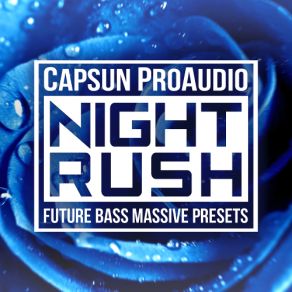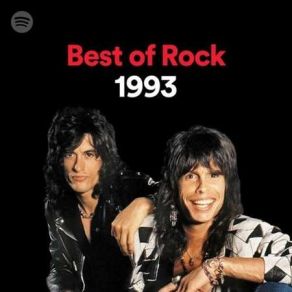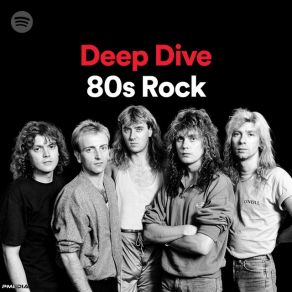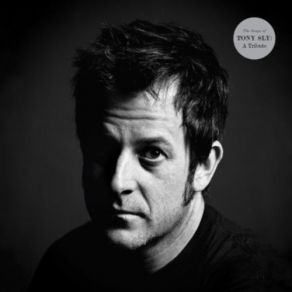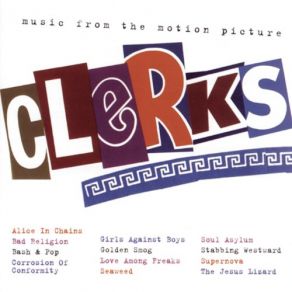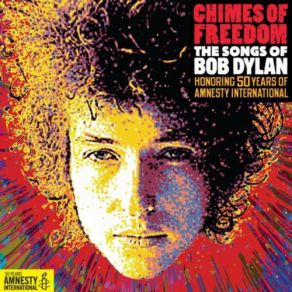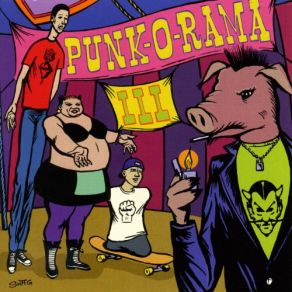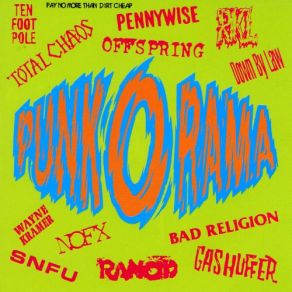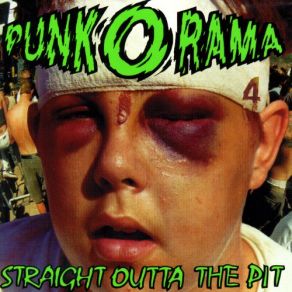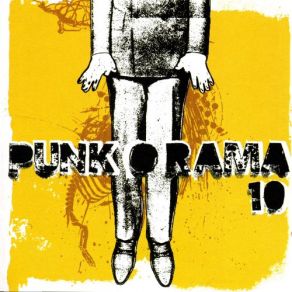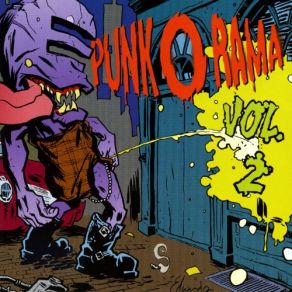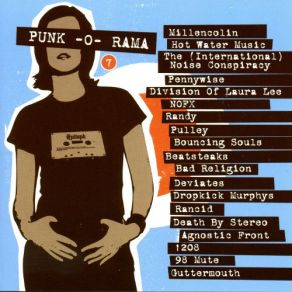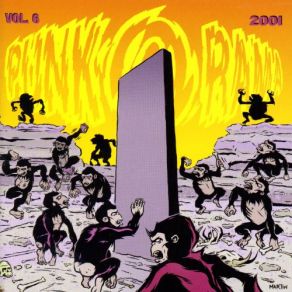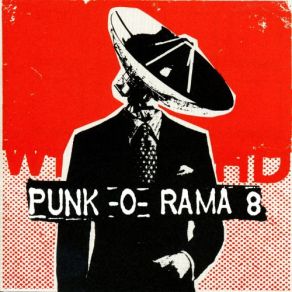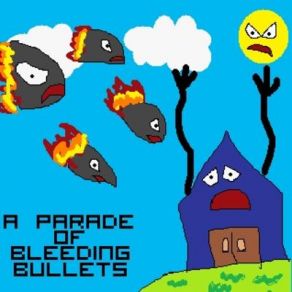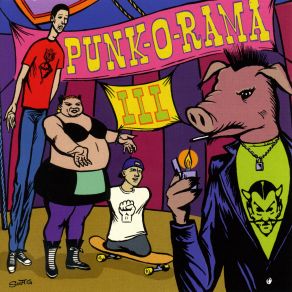Bad Religion
Wikimp3 information about the music of Bad Religion. On our website we have 40 albums and 60 collections of artist Bad Religion. You can find useful information and download songs of this artist. We also know that Bad Religion represents Rock genres.
Biography
[Edit]Out of all of the Southern Californian hardcore punk bands of the early '80s, Bad Religion stayed around the longest. For over a decade, they retained their underground credibility without turning out a series of indistinguishable records that all sound the same. Instead, the band refined their attack, adding inflections of psychedelia, heavy metal, and hard rock along the way, as well as a considerable dose of melody. Between their 1982 debut and their first major-label record, 1993's Recipe for Hate, Bad Religion stayed vital in the hardcore community by tightening their musical execution and keeping their lyrics complex and righteously angry.
Bad Religion formed in the northern suburbs of Los Angeles in 1980, comprising guitarist Brett Gurewitz, vocalist Greg Graffin, bassist Jay Bentley, and drummer Jay Ziskrout. Gurewitz established his own record company, Epitaph, to release the band's records. Between their self-titled EP and their first full-length record, Pete Finestone replaced Ziskrout as the group's drummer. How Could Hell Be Any Worse?, their debut album, was released in 1983 and gained them some attention on the national U.S. hardcore scene. After its release, the group's lineup changed, as bassist Paul Dedona and drummer Davy Goldman joined the group.
In the meantime, the band's lineup was undergoing some more shake-ups. Gurewitz had to take 1984 off to recover from various substance abuse problems, leaving Graffin as the band's only original member. In addition to Graffin, the 1984 incarnation of the band featured former Circle Jerks guitarist Greg Hetson, bassist Tim Gallegos, and returning drummer Pete Finestone. Bad Religion's next release, the harder, punkier Back to the Known EP, restored faith among the group's devoted fans. After its release, the group went on hiatus for three years.
When Bad Religion returned in 1987, the band featured Gurewitz, Graffin, Ziskrout, Hetson, and Finestone. They released Suffer the following year, a record that re-established the group as prominent players in the U.S. underground punk/hardcore scene. They followed with No Control (1989) and Against the Grain (1990). By the time of their 1993 album, Recipe for Hate, alternative rock had become popular with the mainstream; in addition, the band's following was quite large. These two factors contributed to Bad Religion signing a major-label contract with Atlantic Records.
Recipe for Hate was originally released on Epitaph, but it was soon re-released with the support of Atlantic. The group's first proper major-label album was 1994's Stranger Than Fiction; it was also Gurewitz's last album with the group. Before the release of Stranger Than Fiction, Epitaph had an unexpected hit with the Offspring's Smash, causing Gurewitz to spend more time at the label; reports also indicated that he was displeased with Bad Religion's major-label contract. The group replaced Gurewitz with hardcore veteran Brian Baker for their supporting tour, which proved to be their most successful to date.
Bad Religion released their second major-label album, The Gray Race, in early 1996, but it didn't achieve the same results as its predecessors. No Substance followed in 1998, and two years later the band returned with New America, which was produced by Todd Rundgren. Although it featured Bad Religion's best work in years, Atlantic subsequently dropped the band, and they returned to Epitaph. In the summer of 2001, Gurewitz rejoined the lineup after a six-year absence, and the group began work on The Process of Belief. The album appeared in February the following year, and was widely hailed for its recalibration of the Graffin/Gurewitz axis.
Bad Religion's next project was the remastering and issuing of their early catalog. The discs began appearing in April 2004 with the release of Generator and How Could Hell Be Any Worse? The former included relevant 7" material from the era, while Hell took the place of 80-85, which had previously accounted for the band's earliest output. Both were fully remastered, as were subsequent reissues of Suffer, No Control, and Against the Grain. Bad Religion then returned in June of that year with The Empire Strikes First, a typically acerbic LP that reflected the surge of anger and defiance in the punk and indie music communities toward the policies of the Bush administration.
The powerful New Maps of Hell, released in 2007, continued on the path of discontent and railed at what the band saw as rampant apathy in the face of global crisis. Coinciding with Bad Religion's 30th anniversary in 2009, the bandmembers announced they would be going into the studio to record their 15th studio album. Titled The Dissent of Man, the album was released the following year on Epitaph. Rumors circulated that the group might be disbanding, but Graffin denied that there were any such plans, and in 2013 Bad Religion released True North, as well as a Christmas album, the aptly titled Christmas Songs.
Title: The Dissent Of Man [Bonus Track Version]
Artist: Bad Religion
Genre: Rock, Alternative Rock, Punk, Hardcore Punk
Title: The Dissent of Man (Deluxe Version)
Artist: Bad Religion
Genre: Rock, Indie Rock, Punk, Alternative
Title: Father Christmas - Single
Artist: Bad Religion
Genre: Rock, Punk, Traditional Pop Music, Alternative
Title: New Maps of Hell (Deluxe Version)
Artist: Bad Religion
Genre: Rock, Indie Rock, Punk, Alternative
Title: Punk Rock Song - EP
Artist: Bad Religion
Genre: Rock, Indie Rock, Punk, Punk Rock, Alternative
Collections
Title: Punk-O-Rama 8
Genre: Alternative
Title: Warped 15th Anniversary Celebration
Genre: Rock
Title: Punk-O-Rama, Vol. 9
Genre: Punk, Alternative
Title: Punk-O-Rama 10
Genre: Alternative
Title: The Songs of Tony Sly: A Tribute
Genre: Punk, Pop, Alternative, Songwriter/Lyricist
Title: Gabba Gabba Hey
Genre: Alternative
Title: Unsound, Vol. 1
Genre: Alternative
Title: Punk-O-Rama, Vol. 2
Genre: Rock, Alternative
Title: Clerks (Music from the Motion Picture)
Genre: Theatre/Soundtrack
Title: Public Service
Genre: Rock
Title: More Songs About Anger, Fear, Sex & Death
Genre: Alternative
Title: It Ain't My War!
Genre: Alternative
Title: Punk-O-Rama, Vol. 3
Genre: Punk, Alternative
Title: Punk-O-Rama 7
Genre: Rock, Alternative
Title: Punk-O-Rama, Vol. 4
Genre: Alternative
Title: Punk-O-Rama
Genre: Alternative
Title: Punk-O-Rama, Vol. 6
Genre: Alternative
Title: The Devil In Stitches - Single
Genre: Alternative
Title: Take Action Compilation, Vol. 11
Genre: Alternative
Title: The Songs Of Bob Dylan - CD3 By BSBT RG
Genre: Rock
Title: Non - Pop
Genre: Alternative Rock, Punk Rock
Title: Punk - O - Rama, Volume 1
Genre: Indie Rock, Punk, Hardcore Punk, Ska Punk
Title: Punk O Rama 2001 Vol. 6
Genre: Punk
Title: Punk-O-Rama Vol. 8
Genre: Alternative Rock, Indie Rock, Post Hardcore, Hardcore Punk, Ska Punk, Pop Rock
Title: Punk - O - Rama Vol. 10
Genre: Hip Hop/R&B, Punk, Hardcore
Title: Take Action Volume 11 (CD1)
Genre: Alternative Metal, Nu Metal
Title: The Songs Of Tony Sly - A Tribute
Genre: Rock
Title: Indie Rock Playlist Christmas Eve 2013 (CD1)
Genre: Indie Rock
Title: Indie Rock Playlist Christmas Eve 2013 (CD2)
Genre: Indie Rock
Title: Xmas Sucks 2013
Genre: Alternative Rock, Punk Rock
Title: Tony Hawk 2 (OST)
Genre: Rap, Rock, Punk, Metal, Theatre/Soundtrack
Title: Clerks (Original Soundtrack)
Genre: Theatre/Soundtrack
Title: We Love The 90 - The Real Party (CD5)
Genre: Rock, Dancefloor, Disco, Pop, Pop Rock
Title: Punk-O-Rama 4 Straight Outta The Pit
Genre: Punk
Title: Hard Rock Blow (CD2)
Genre: Rock
Title: Ultimate 90s Stars (CD1)
Genre: Rock, Hard Rock, Heavy Metal
Title: 21st Century Santa (Christmas Special)
Genre: Hip Hop/R&B
Title: 90s Essentials Flowers Apart (CD1)
Genre: Eurodance, Techno, Post Grunge, Alternative
Title: Rock 90s Vol. 1 (CD1)
Genre: Rock, Punk, Alternative
Title: Rock 90s Vol. 2 (CD1)
Genre: Rock, Punk, Alternative
Title: Rock 90s Vol. 3 (CD1)
Genre: Rock, Punk, Pop, Alternative
Title: Massive Future Rush Night (CD1)
Genre: Electro, Club/Dance, Nu Disco, Funk
Title: Forza Horizon 3 (Unofficial Soundtrack)
Genre: Theatre/Soundtrack
Title: New Music Releases Week 18 Of 2019 (CD1)
Genre: Electro, Hip Hop/R&B, Rap, Dancefloor, World Music, Latin, Rockabilly, Dance Pop, Alternative, Songwriter/Lyricist, Indie, Folk
Title: 100 Greatest Punk Classics 2020 (CD2)
Genre: Rock, Punk, Punk Rock, Alternative
Title: Greatest Punk Classics (CD2)
Genre: Punk
Title: Rock In The City (Vol. 02) (CD3)
Genre: Rock, Punk Rock, Alternative
Title: Pop Punk Essentials (CD1)
Genre: Rock, Punk Rock, Alternative
Title: Best Of Rock: 1993 (CD2)
Title: Rediscover: Classic Punk 2022 (CD2)
Genre: Rock, Punk, Punk Rock, Alternative, Indie
Featuring albums
Title: The Songs of Tony Sly: A Tribute
Artist: Various
Genre: Rock, Alternative Rock, New Wave, Post Punk
